As JET's vital role celebrated ... could UK rejoin Euratom in 2028?
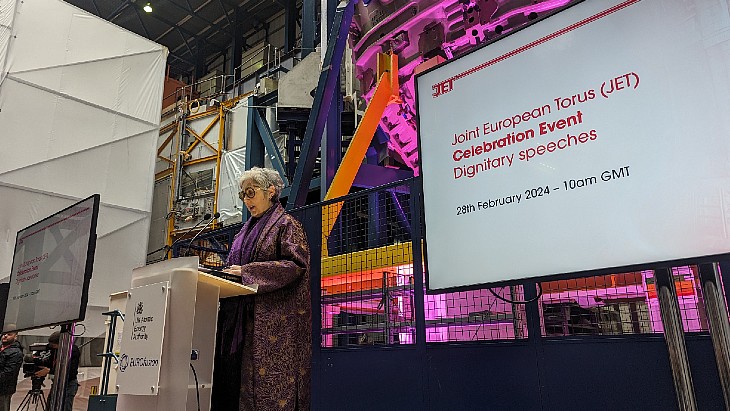
Elena Righi, head of Euratom research, recalled her own years working at JET, in Culham, near Oxford, in the UK, saying it "exemplifies the power of European and international scientific collaboration at its best". She added that it had been the foundation of collaborations such as its successor, the International Thermonuclear Experimental Reactor (ITER), which is under construction in France.
The UK announced in September 2023 - following negotiations after the Brexit transition period and delays imposed on it taking part as an associate member - that it had decided not to associate to Euratom Research & Training, and via that, ITER or the Fusion4Energy programme. Instead the UK government announced its own nuclear fusion programme, with GBP650 (USD820 million) of funding.
Righi, speaking as a European Commission representative, said that the UK's decision to leave had been met with regret by the European Commission and the EU's Council of Ministers. She added that "for the next period, starting in 2028, the EU institutions call emphatically for the UK to participate ... this will allow a truly European fusion community to continue its integrated efforts and to resolve the current ambiguous participation of the UK Atomic Energy Authority to Eurofusion and enable the UK's full integration in the construction, and operation eventually, of ITER".
The UK's Minister for Nuclear, Andrew Bowie, whose speech followed Righi's, did not address the 2028 suggestion, but said the UK was "continuing to work with our partners in Europe and around the world on this journey ... indeed our GBP650 million fusion future study sets out how we plan to build new relationships in this field, over the coming months and years, including supporting the international efforts at ITER".
Bowie cited Stephen Hawking as having said in 2016 that the one single thing that could transform society for the better was fusion, adding: "JET has brought us closer to making that vision a reality by uniting the best scientific minds in Europe for four decades and delivered breakthrough after breakthrough."
Asked whether the UK was considering the possibility of rejoining Euratom for a future programme of work, such as from 2028, a UK government spokesman told World Nuclear News: "We are investing up to GBP650 million through to 2027 to deliver an alternative programme to Euratom research and training called Fusion Futures. Fusion Futures gives the UK the best opportunity to deliver our fusion strategy - driving job creation and growth in our world-leading fusion sector. This approach is backed by the UK fusion industry and international collaboration remains a key component of the UK’s Fusion Strategy. The UK remains open to collaboration with international partners including the EU."
JET was a European project built and used collaboratively by European researchers, with the UK site selected in the 1970s and a foundation stone laid in 1979. It was a tokamak fusion system with a doughnut-shaped vacuum chamber where, under the influence of extreme heat - 10 times hotter than the sun - and pressure, gaseous hydrogen fuel becomes a plasma. The charged particles of the plasma can be shaped and controlled by massive magnetic coils placed around the vessel to confine the hot plasma away from the vessel walls. It was the only tokamak fusion machine in operation capable of handling tritium fuel, and was a key device in preparations for the multinational ITER fusion research project which is currently under construction in southern France.
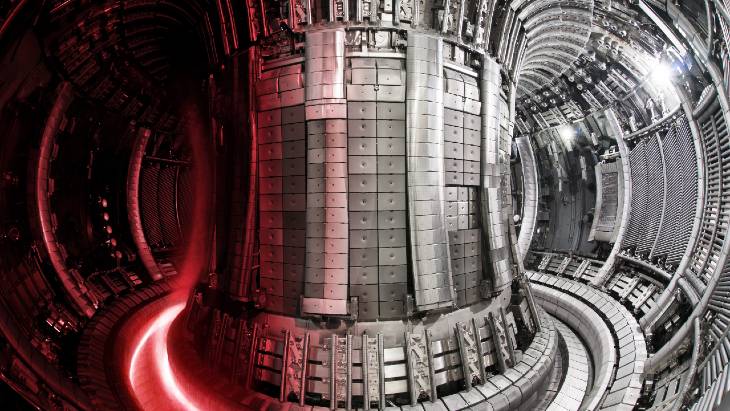
The doughnut-shaped tokamak (Image: UKAEA)
JET is now owned, and in recent years has been operated by, the UKAEA, and used by scientists from 28 European countries to conduct research into the potential for carbon-free fusion energy in the future through work coordinated by the EUROfusion consortium. It was up and running for more than 40 years, and set records right up until its last round of deuterium-tritium experiments at the end of 2023 when high fusion power was consistently produced for 5 seconds resulting in a ground-breaking record of 69 megajoules, using only 0.2 milligrams of fuel, exceeding the previous world record it set in 2021, when it produced 59 megajoules over 5 seconds.
In his speech to the past and present scientists and staff gathered at the celebration event, UKAEA CEO Ian Chapman said: "There is no doubt that JET is the most important fusion experiment there has ever been and it has left an indelible mark on history - without JET the fusion field would not be where it is today - ITER would not have been agreed, would not be happening, we would not have the confidence to move forward to power plants. But JET is just metal and concrete. It's the people that made JET what it is."
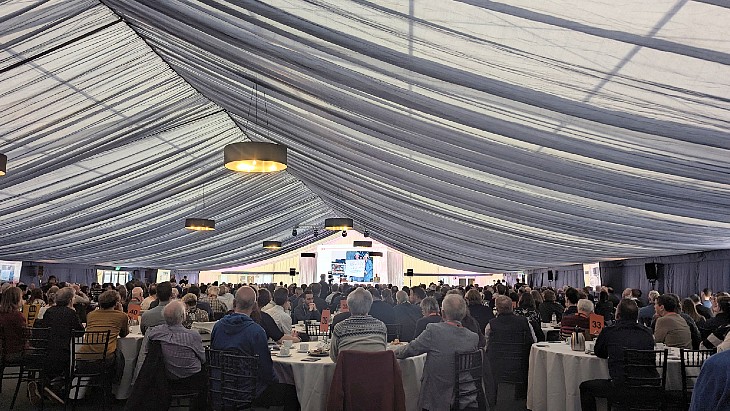
Hundreds attended the celebration day (Image: Alex Hunt/WNN)
Work at the site, since its retirement, has now turned to repurposing and decommissioning - a process which is expected to last until 2040, and which, Chapman notes, will see JET continuing to pave the way for future fusion projects.
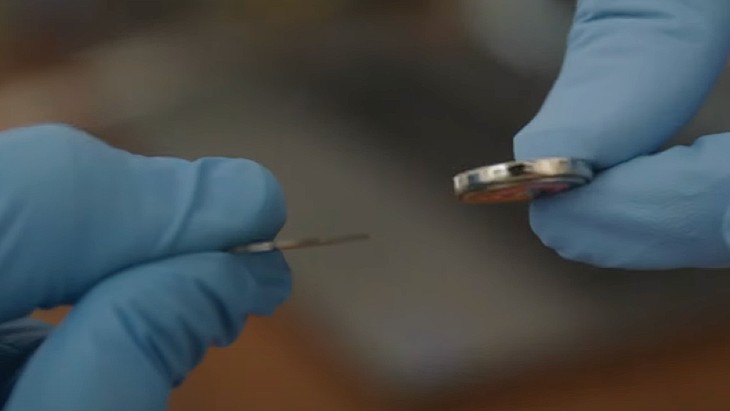
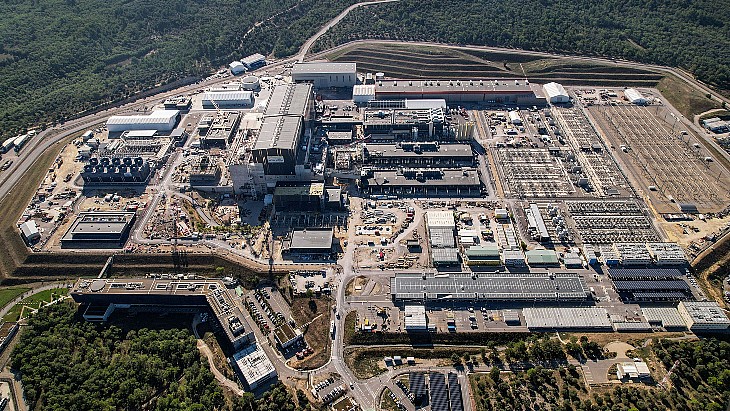
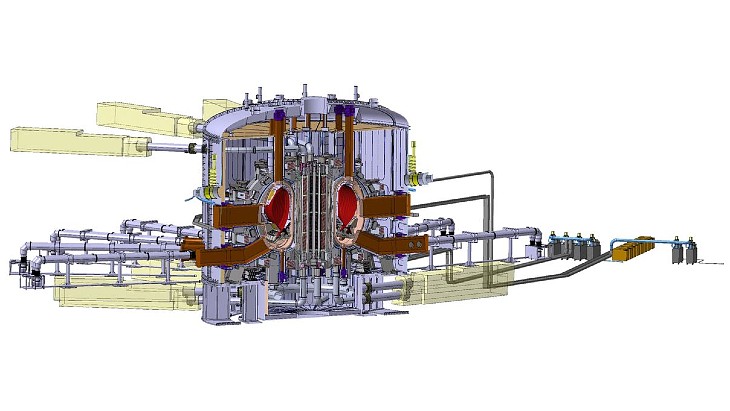
_70828.jpg)





_66488.jpg)


